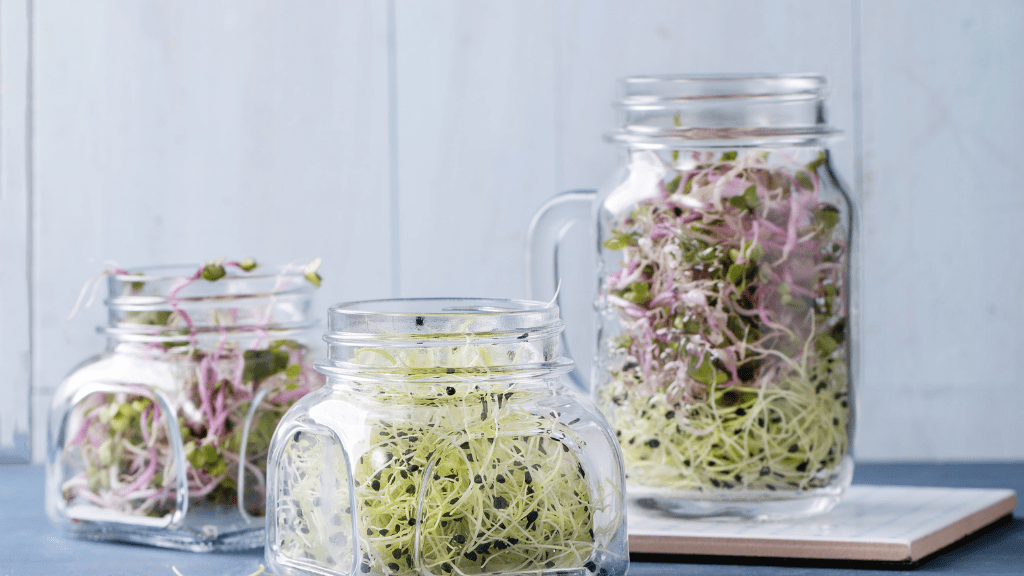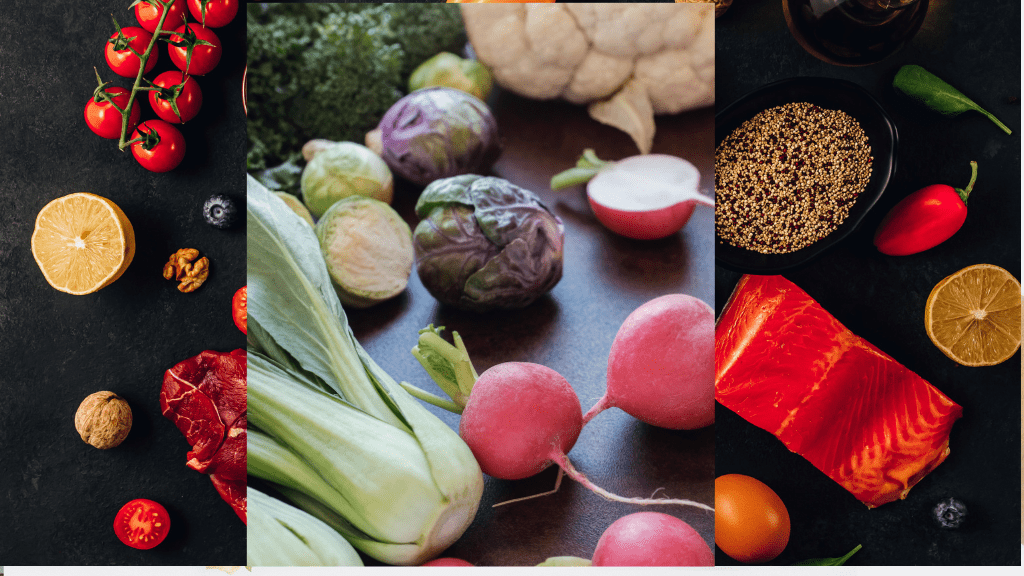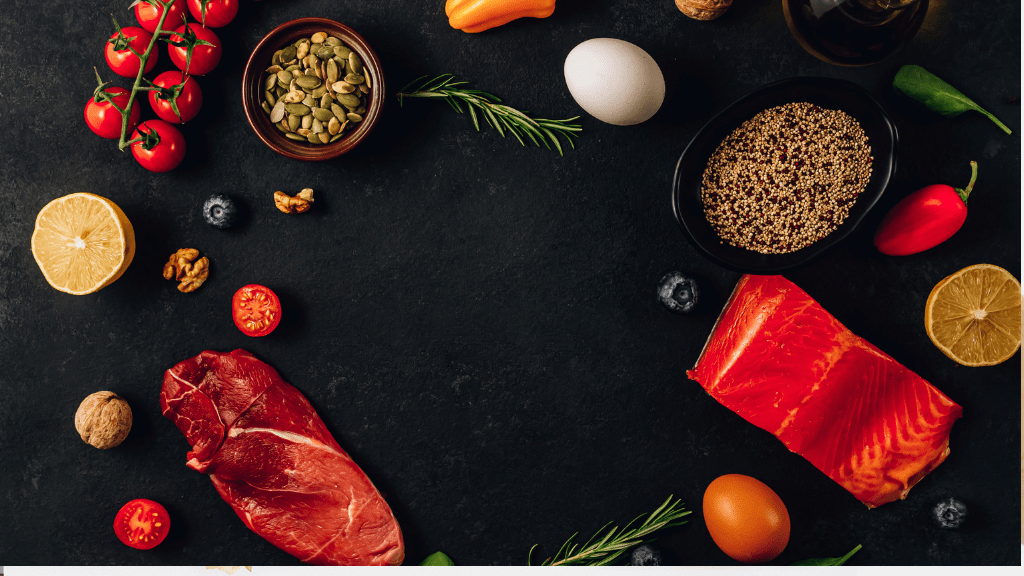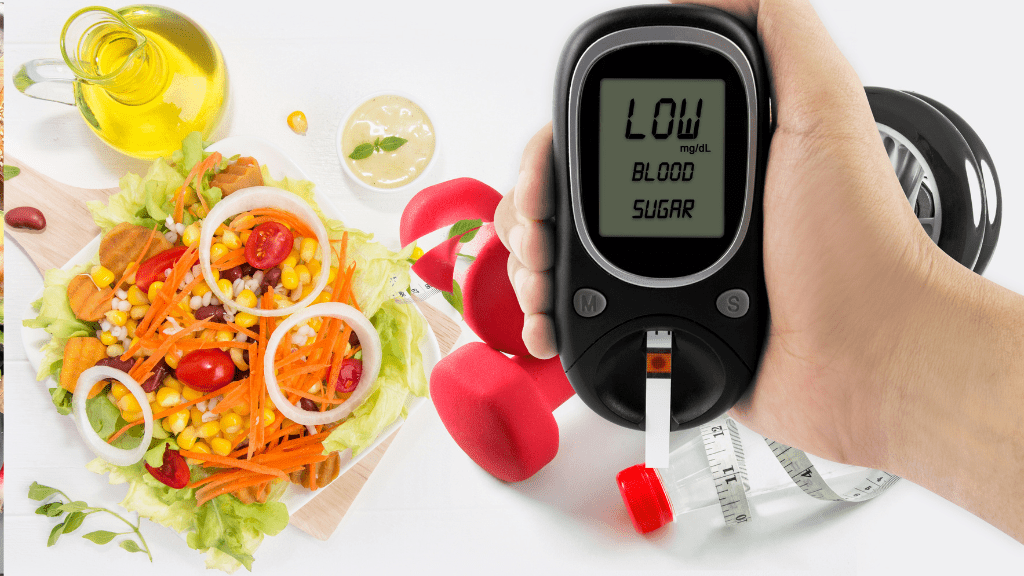How to Eat More High-Fiber Vegetables on a Plant-Based Diet
Eating a plant-based diet comes with a wealth of health benefits, and one of the most significant advantages is the high intake of fiber-rich vegetables. Fiber is essential for digestive health, maintaining stable blood sugar levels, and reducing the risk of chronic diseases such as heart disease and type 2 diabetes. Yet, even on a plant-based diet, many people fall short of their daily fiber requirements. So, how can you eat more high-fiber vegetables while following a plant-based diet? This guide will walk you through simple strategies to help you boost your fiber intake effectively and deliciously.
The Importance of Fiber in a Plant-Based Diet
Fiber is a type of carbohydrate that the body cannot digest. Instead of being absorbed like other nutrients, fiber passes through the digestive system relatively intact, providing bulk to the stool and promoting healthy bowel movements. However, fiber does much more than support digestion. It helps lower cholesterol levels, controls blood sugar, and keeps you feeling fuller for longer, which can aid in weight management.
For those following a plant-based diet, fiber is even more crucial. High-fiber vegetables are abundant in vitamins, minerals, and antioxidants that contribute to overall health. Unfortunately, it’s easy to get caught up in consuming processed plant-based foods that are lower in fiber. Therefore, prioritizing whole, high-fiber vegetables is essential for reaping the full benefits of a plant-based lifestyle.
Daily Fiber Requirements
Before diving into how to increase your intake of high-fiber vegetables, it’s important to know how much fiber you need each day. The recommended daily fiber intake is around:
- 25 grams per day for women
- 38 grams per day for men
For those on a plant-based diet, reaching these fiber goals should be easier, but it still requires mindful meal planning and variety.
High-Fiber Vegetables to Include in Your Diet
Many vegetables are high in fiber, making them the ideal choice for boosting your intake. Some of the best high-fiber vegetables to include in a plant-based diet are:
- Broccoli: One cup of cooked broccoli provides about 5 grams of fiber.
- Carrots: A single medium carrot contains nearly 2 grams of fiber.
- Brussels Sprouts: A cup of Brussels sprouts has 4 grams of fiber.
- Artichokes: One medium artichoke can provide up to 10 grams of fiber.
- Sweet Potatoes: A medium-sized sweet potato offers around 4 grams of fiber.
- Spinach: A cup of cooked spinach provides around 4 grams of fiber.
Incorporating these vegetables into your daily meals can help you meet your fiber requirements while benefiting from their rich nutrient profiles.
How to Eat More High-Fiber Vegetables on a Plant-Based Diet
- Start Your Day with Fiber
Breakfast is the perfect opportunity to pack in some fiber and set the tone for the rest of the day. Here are some easy ways to incorporate high-fiber vegetables into your morning routine:
- Smoothies: Add a handful of leafy greens like spinach or kale to your morning smoothie. Pair it with some fruit and plant-based milk for a fiber-rich start to your day.
- Scrambles: For a savory breakfast, try a tofu or chickpea scramble packed with fiber-dense vegetables such as bell peppers, onions, spinach, and mushrooms. You’ll get a healthy dose of fiber and protein to keep you energized.
- Oats with Veggies: While oats are known for their fiber content, you can boost it further by adding shredded zucchini or carrots into your oatmeal. This can create a balanced, fiber-packed breakfast.
- Make Vegetables the Star of Your Meals
When following a plant-based diet, it’s easy to rely on grains or legumes as the main component of your meal, but making vegetables the star of your plate is an excellent way to increase your fiber intake.
- Salad as a Main Course: Create a hearty salad by incorporating a variety of high-fiber vegetables such as broccoli, carrots, cucumbers, and artichokes. Toss in some beans, nuts, and seeds for an additional fiber boost. The key is to make your salad filling and substantial with a variety of textures and flavors.
- Roast Your Veggies: Roasting is a simple and delicious way to enjoy more high-fiber vegetables. Toss a mix of Brussels sprouts, sweet potatoes, cauliflower, and carrots in olive oil and seasonings, then roast them in the oven. Roasted vegetables can be a perfect side dish or the base of a grain bowl.
- Vegetable Stir-Fry: Stir-fries are versatile and quick, making them a perfect weeknight dinner. Use fiber-rich vegetables like bok choy, broccoli, bell peppers, and snap peas. Combine them with tofu or tempeh for added protein, and serve over quinoa or brown rice for a well-balanced meal.
- Sneak Veggies into Your Favorite Dishes
If you're not a big fan of eating vegetables on their own, there are plenty of ways to sneak them into your favorite plant-based meals without compromising on taste:
- Blend into Sauces: Add pureed vegetables like carrots, bell peppers, or spinach into pasta sauces, soups, and stews. This not only increases the fiber content but also adds a variety of flavors and nutrients.
- Veggie-Packed Soups: Soups are a great way to load up on fiber. Prepare hearty soups with fiber-rich vegetables like lentils, kale, carrots, and tomatoes. Pureeing part of the soup can give it a creamy texture without needing any dairy.
- Add to Grains: Mix chopped or roasted vegetables into whole grains like quinoa, barley, or brown rice. Vegetables like peas, corn, and carrots add both fiber and flavor to simple grain-based dishes.
- Snack on High-Fiber Veggies
Snacking is another excellent opportunity to incorporate more high-fiber vegetables into your diet. Instead of reaching for processed snacks, opt for veggies:
- Carrot or Celery Sticks with Hummus: These crunchy vegetables paired with a fiber-rich hummus dip make for a satisfying, nutrient-dense snack.
- Roasted Chickpeas: While technically a legume, roasted chickpeas are a crunchy, fiber-packed snack that can be flavored with various seasonings.
- Kale Chips: Homemade kale chips are a great alternative to potato chips, offering fiber and a satisfying crunch.
- Focus on Variety
One of the best ways to ensure you're getting enough fiber on a plant-based diet is by incorporating a wide variety of vegetables into your meals. Each vegetable offers a different combination of fibers, nutrients, and antioxidants that work together to promote health. Aim to include a colorful array of high-fiber vegetables throughout the week to keep your meals exciting and nutritionally balanced.
- Batch Cook and Meal Prep
If you have a busy lifestyle, meal prepping can help you stay on track with your fiber intake. Dedicate a few hours each week to cook and prepare large batches of fiber-rich meals, such as soups, roasted vegetables, grain bowls, and veggie-packed salads. Having pre-made meals and snacks on hand makes it easier to eat more vegetables throughout the day.
FAQs About
1. Why is fiber important in a plant-based diet?
Fiber is essential for digestive health, regulating blood sugar levels, lowering cholesterol, and supporting overall wellness. It promotes healthy gut bacteria, which is crucial for nutrient absorption and immune function. On a plant-based diet, fiber helps keep you full, reduces the risk of chronic diseases, and ensures a balanced digestive system.
2. What are some high-fiber vegetables to include in a plant-based diet?
Some of the best high-fiber vegetables include broccoli, spinach, Brussels sprouts, carrots, sweet potatoes, artichokes, and kale. These vegetables are rich in both soluble and insoluble fiber, promoting gut health and providing essential nutrients like vitamins A, C, and K.
3. How can I incorporate more high-fiber vegetables into my meals?
You can easily add more fiber by making vegetables the star of your meals. Try adding leafy greens to smoothies, making vegetable scrambles, roasting veggies for a side dish, and sneaking pureed vegetables into sauces and soups. Snacking on raw vegetables like carrots or celery with hummus is another great way to boost your intake.
4. Can I meet my daily fiber needs through a plant-based diet alone?
Yes, a plant-based diet makes it easier to meet your daily fiber requirements (25 grams for women and 38 grams for men) as vegetables, fruits, legumes, and whole grains are naturally high in fiber. Focusing on a variety of high-fiber vegetables, legumes, and whole foods ensures you meet or exceed your daily fiber needs.
5. Are there any downsides to eating too much fiber on a plant-based diet?
While fiber is essential for health, consuming too much too quickly can lead to digestive discomfort, such as bloating, gas, or constipation. It's important to gradually increase your fiber intake and drink plenty of water to help the fiber move through your digestive system smoothly.
Conclusion
Incorporating more high-fiber vegetables into your plant-based diet is essential for maintaining optimal health and digestion. By making vegetables the star of your meals, sneaking them into your favorite dishes, and focusing on variety, you can easily boost your fiber intake. Eating a colorful array of vegetables will not only help you meet your daily fiber requirements but also provide you with a range of vitamins, minerals, and antioxidants that support overall wellness.
By following these tips, you'll find that it's easy—and delicious—to enjoy more high-fiber vegetables as part of your plant-based lifestyle. With some creativity and planning, you'll be well on your way to a healthier, fiber-filled diet.




